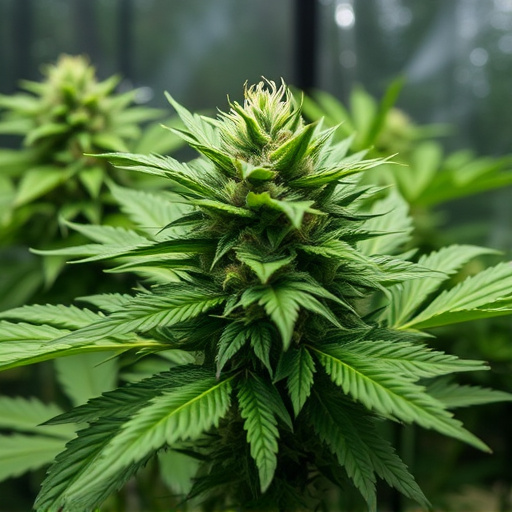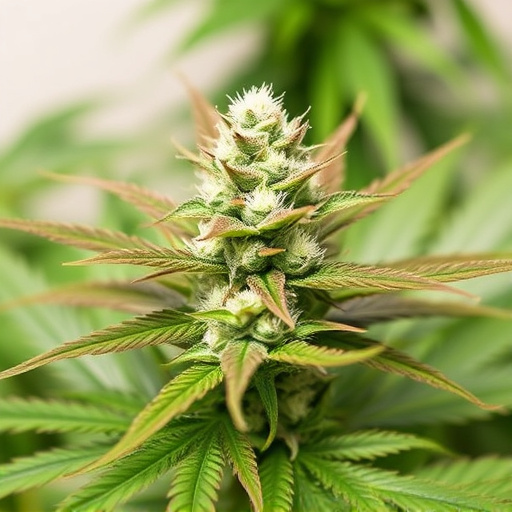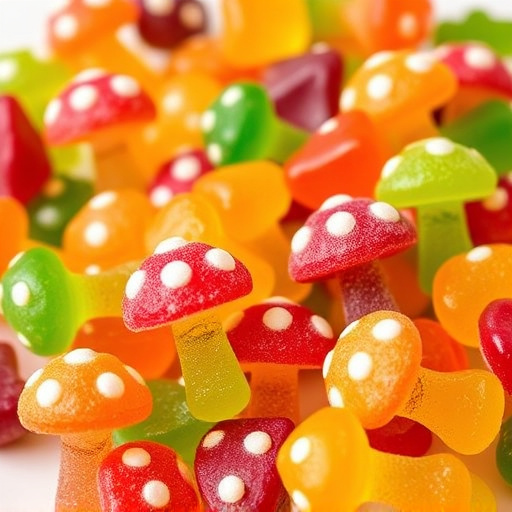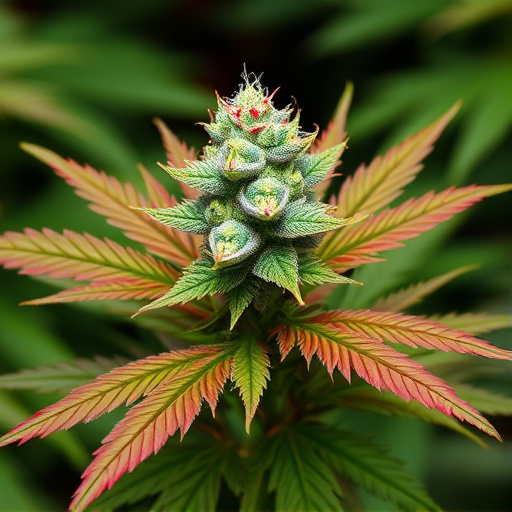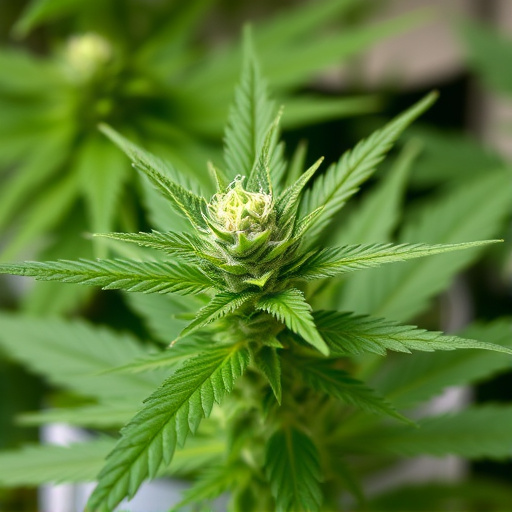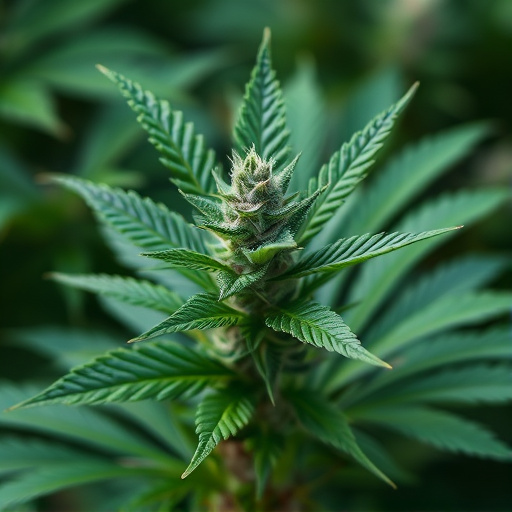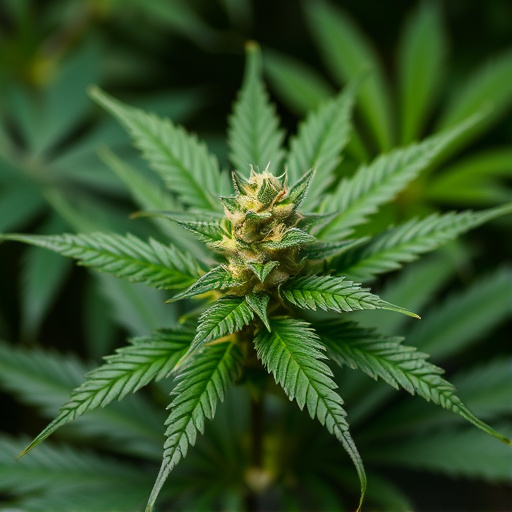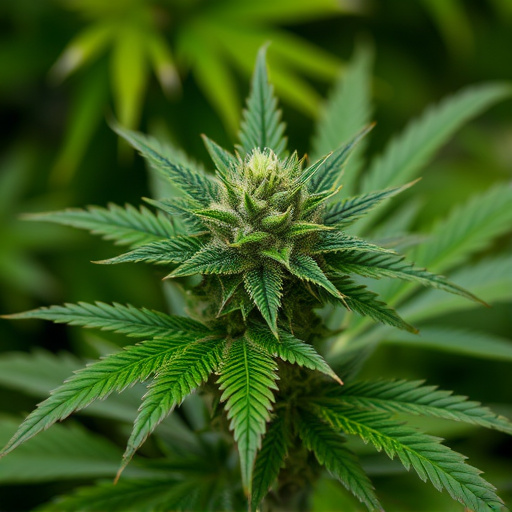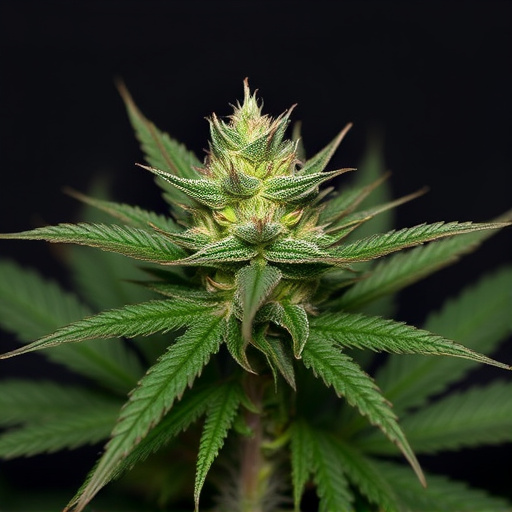Cannabis strains for ADHD show potential, with research suggesting low-to-moderate THC doses may improve focus and reduce hyperactivity. However, effects vary widely due to individual biochemistry, tolerance, and symptoms. Consulting a healthcare professional specializing in cannabis medicine is crucial for safe and personalized dosing, balancing symptom management with adverse effect minimization. The right strain or blend, tailored to personal needs, is key to effective cannabis use for ADHD.
“Cannabis has gained attention for its potential therapeutic benefits, especially in managing symptoms of Attention-Deficit/Hyperactivity Disorder (ADHD). However, the question of safe dosage remains critical. This article delves into the complex relationship between cannabis and ADHD, exploring whether a definitive safe limit exists. We examine various cannabis strains known for their effectiveness in treating ADHD symptoms, providing insights into the potential benefits and risks associated with different dosages. By understanding these factors, individuals can make informed decisions regarding their health.”
- Cannabis and ADHD: Understanding the Connection
- Exploring Safe Dosage Limits for Cannabis Use
- Strains and Their Effectiveness for Managing ADHD Symptoms
Cannabis and ADHD: Understanding the Connection
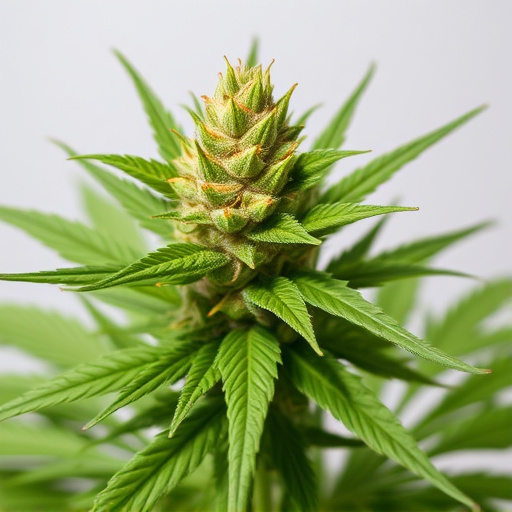
Cannabis has been a subject of interest in the medical community, particularly regarding its potential effects on various health conditions, including ADHD (Attention Deficit Hyperactivity Disorder). While some individuals with ADHD find relief from symptoms through cannabis use, understanding the connection between these two is complex. Research suggests that certain cannabis strains for ADHD may offer benefits, primarily due to their cannabinoid profiles. Cannabinoids like THC and CBD interact with the endocannabinoid system, which plays a role in regulating mood, attention, and focus.
For example, some low-to-moderate doses of THC-rich cannabis strains have been linked to improved concentration and reduced hyperactivity in certain individuals with ADHD. However, it’s crucial to note that cannabis is not a one-size-fits-all solution, and its effects can vary widely among users. The right strain and dosage depend on factors like individual biochemistry, tolerance, and specific symptoms. As such, consulting with a healthcare professional who specializes in cannabis medicine is essential before incorporating cannabis into an ADHD treatment plan.
Exploring Safe Dosage Limits for Cannabis Use
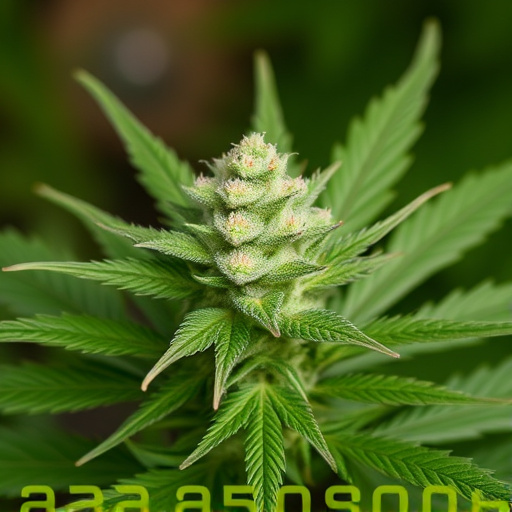
Exploring Safe Dosage Limits for Cannabis Use
When it comes to cannabis, understanding safe dosage limits is essential, especially for those seeking relief for conditions like ADHD. Unlike traditional medications with clearly defined dose ranges, cannabis presents unique challenges due to its diverse chemical composition and varying effects on individual users. Research into cannabis strains for ADHD has shown promise, but it also highlights the importance of personalized dosing. Each person’s response to cannabis can differ significantly based on factors such as tolerance, metabolism, and strain potency.
Safety in cannabis use involves finding a balance between effective symptom management and minimizing potential adverse effects. For individuals with ADHD, this might mean experimenting with specific cannabis strains known for their calming or focus-enhancing properties while closely monitoring personal reactions. Consulting with healthcare professionals who specialize in cannabis medicine can provide valuable guidance on safe dosage limits tailored to individual needs, ensuring optimal benefits without compromising well-being.
Strains and Their Effectiveness for Managing ADHD Symptoms
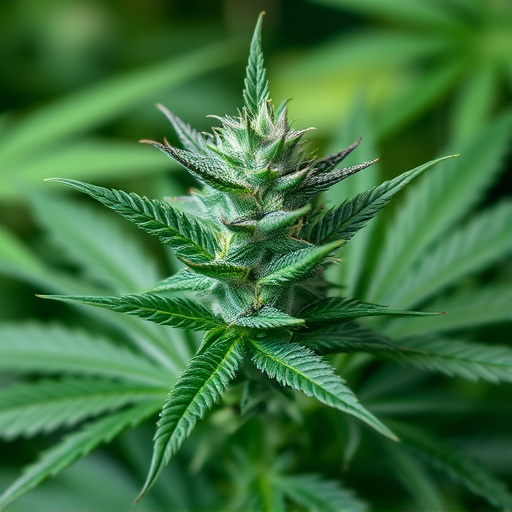
Cannabis has gained attention as a potential alternative treatment for Attention-Deficit/Hyperactivity Disorder (ADHD) symptoms, with various strains touted for their effectiveness. Different cannabis strains offer unique combinations of cannabinoids like THC and CBD, which can impact users differently. For individuals with ADHD, specific strains known for their balancing effects on focus and mood may be beneficial.
Sativa strains, known for their energizing and uplifting properties, are often recommended during the day to enhance concentration and reduce restlessness. Indica strains, on the other hand, with their calming effects, might be suitable for managing stress and improving sleep at night. Some hybrid strains combine these qualities, offering a balanced approach to ADHD symptom management. The key lies in finding the right strain or blend tailored to individual needs, as cannabis’s effectivity can vary greatly from person to person.
While cannabis shows promise in managing ADHD symptoms, determining a safe dosage limit remains challenging due to individual variations in metabolism and tolerance. Research suggests that specific cannabis strains with higher CBD and lower THC content may be beneficial, offering potential relief without excessive side effects. Further studies are needed to establish definitive guidelines on safe dosage, emphasizing the importance of personalized approaches and medical supervision for individuals exploring cannabis as a treatment option for ADHD.
